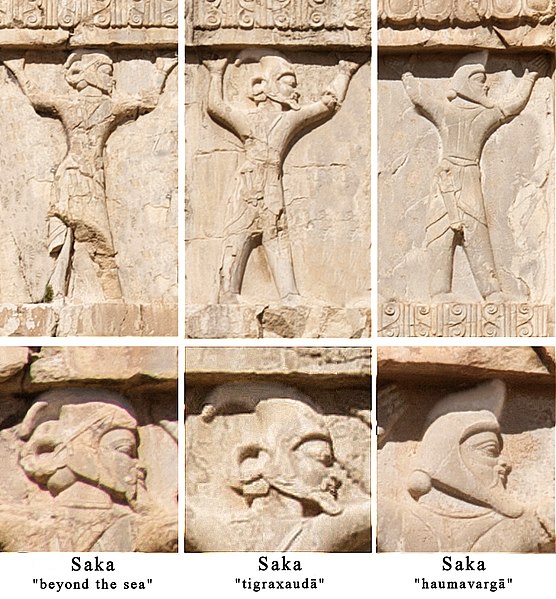From the 7th to 3rd Century BC, the Scythian people of the Pontic–Caspian steppe engaged in the widespread practice of metallurgy. Though Scythian society was heavily based around a nomadic, mobile lifestyle, the culture was capable of practicing metallurgy and of producing metal objects. Many works of Scythian metalworking have subsequently been found throughout the range of the people.
Scythian comb dated to the 4th Century BC
Scythian forged bronze arrowheads, c700-300 BC
The Scythians or Scyths in composition) and sometimes also referred to as the Pontic Scythians, were an ancient Eastern Iranic equestrian nomadic people who had migrated during the 9th to 8th centuries BC from Central Asia to the Pontic Steppe in modern-day Ukraine and Southern Russia, where they remained established from the 7th century BC until the 3rd century BC.
Maximum extent of the Scythian kingdom in West Asia (680–600 BC)
Maximum extent of the Scythian kingdom in the Pontic steppe (600–c. 200 BC)
For the Achaemenids, there were three types of Sakas: the Sakā tayai paradraya ("beyond the sea", presumably the Scythians between the Greeks and the Thracians on the Western side of the Black Sea), the Sakā tigraxaudā (Massagetae, "with pointed caps"), the Sakā haumavargā ("Hauma drinkers", furthest East). Soldiers in the service of the Achaemenid army, Xerxes I tomb detail, circa 480 BC.
Curled-up feline animal from Arzhan-1, circa 800 BC.






